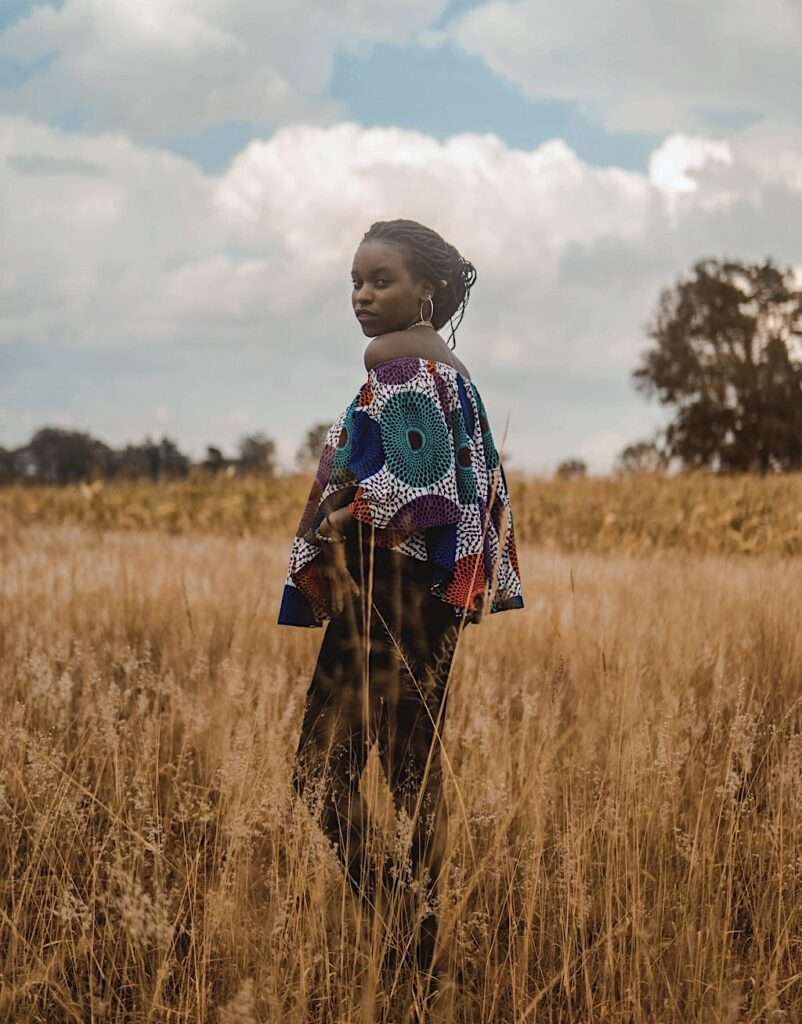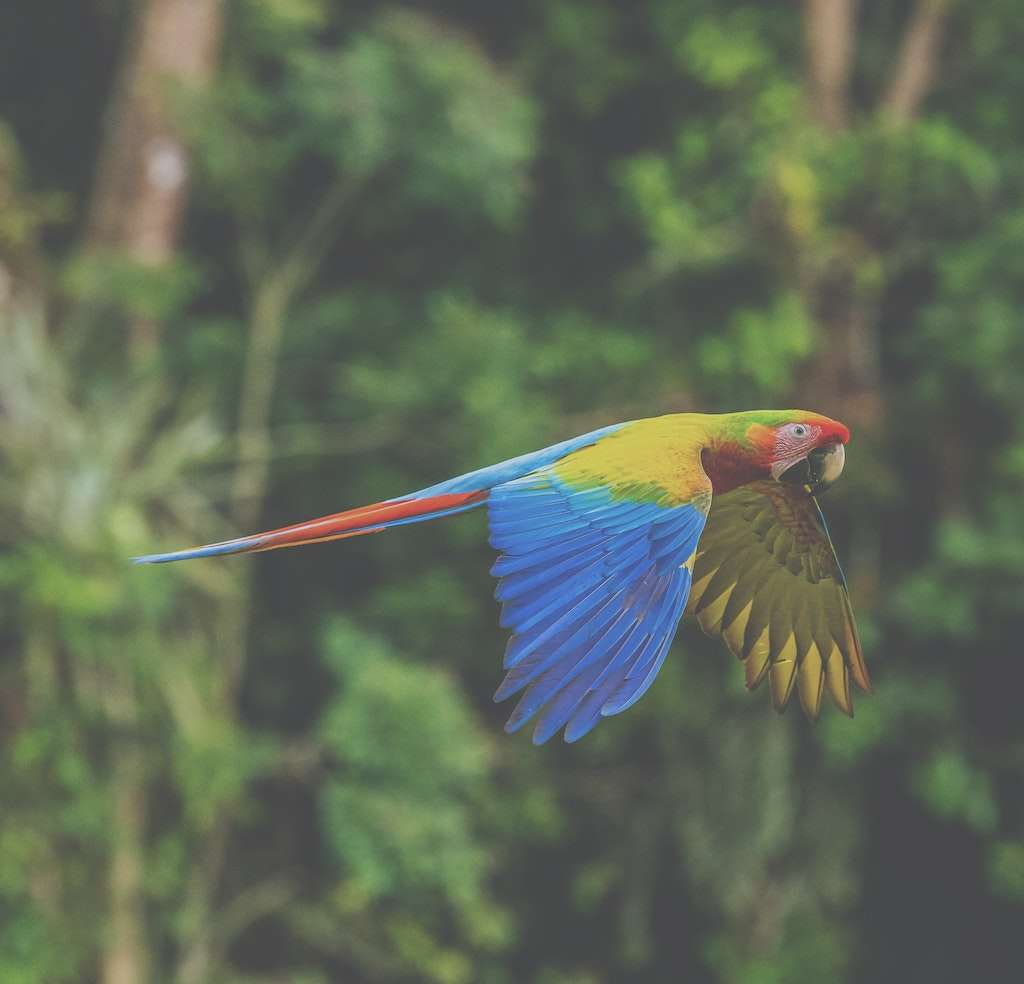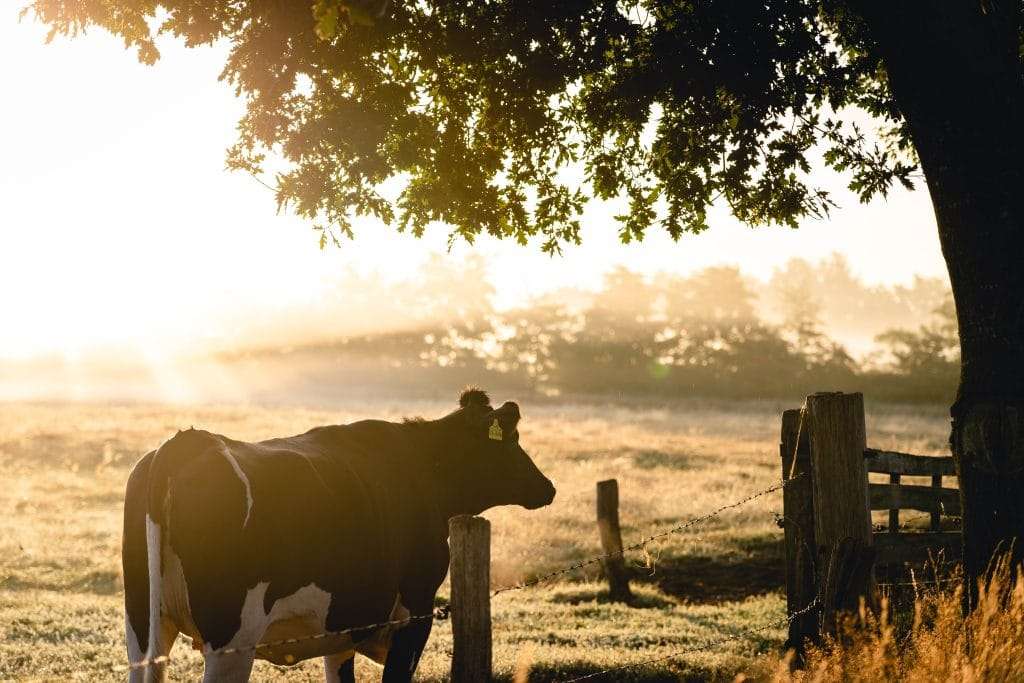As research points to increasing threats to biodiversity, new guidelines from the Science Based Targets Network are aimed at helping companies put nature at the forefront.
LVMH, Kering, and H&M Group are among the 17 pilot companies working with the first Science Based Targets Network (SBTN) framework aimed at helping companies set specific goals for protecting nature and promoting biodiversity. Other organizations include AB InBev, Nestlé, Neste, Suntory Holdings, and Tesco.
These new guidelines are based on the Science Based Targets Initiative (SBTi), which launched in 2015.
Science Based Targets Network
The initiative was aimed at helping companies set goals for reducing greenhouse gas emissions in order to meet the Paris Agreement target announced that same year to keep global temperatures from rising more than 1.5° C. More than 2,000 companies have since set verified targets related to emissions reductions through SBTi.
But that’s not enough, says the SBTN’s guidance for nature. The initiative takes things a step further, recognizing the significance of protecting biodiversity and preserving critical ecosystems.
“The nature science-based targets are complementing climate science-based targets in a really key way by incentivizing corporate action beyond reducing greenhouse gas emissions and actually addressing overall needs of the environment and to address nature loss,” Varsha Vijay, technical director at SBTN, said in a statement.
The first release is focused on land and freshwater commitments. A full set of guidances will be released by 2025, the group says, which will also include ocean commitments.

According to Erin Billman, executive director at SBTN, the targets started with freshwater and land for three key reasons: there’s more science in these areas, making clarity and consensus among the technical and scientific community easier; there is generous philanthropic support for these areas; and corporate demand, readiness, and impact were most available.
For now, the freshwater goals include reducing water use and increase in water quality by reducing pollutive practices. The land-based targets include protecting natural landscapes from being converted into agricultural, developed, or cleared lands, and reducing the agricultural footprint while also encouraging more restoration.
SBTN says the first three steps companies should take include assessing impacts on the environment; interpreting and prioritizing which locations and targets the company needs; and then measuring, setting targets, and disclosing progress.
“We’re providing [this guidance] so that companies can move from having multiple and conflicting sources of definition on what [doing] enough for nature looks like, to having consistent, replicable guidance that can be compared across companies,” Billman said in a statement.
The initiative builds on a growing number of nature-based initiatives at LVMH and Kering. In March, LVMH announced funding for a conservation project aimed at cataloging and protecting African cosmetic plants. Last October, Kering joined the CanopyStyle initiative to protect old-growth forests and keep materials made from them out of the fashion industry.
Curbing climate impacts
The announcement comes amid some of the most urgent climate warnings to date. Most recently, the World Meteorological Organization said global temperatures would exceed the 1.5° C Paris Agreement threshold by at least 2027, dipping in and out of that increase regularly from there on.
Another recent report found that while methane is a more immediately damaging heat-trapping gas than carbon dioxide, only 13 percent of global emissions policies are addressing the methane issue.
Recent United Nations data say that to keep the planet from exceeding the 1.5° C threshold, nature loss prevention is critical. But extinction rates are skyrocketing across the planet. Animal populations have seen a nearly 70 percent loss over the last fifty years. More than one million species currently face the threat of extinction.
At last December’s COP15 event, countries finalized the Kunming-Montreal Global Biodiversity Framework, the nature equivalent to the Paris Agreement. The framework also included a 30 by 30 commitment, which designates 30 percent of the Earth’s land as protected areas by 2030.

“The 30 by 30 focus is really on the conservation side of the equation,” Billman said. “This work is focused on the other 70 percent [that are] the working lands to make sure that it doesn’t encroach on that 30 percent.”
Billman says the main points are avoiding impacts wherever possible, and then where impacts are necessary, reducing them as much as possible, and then taking actions to regenerate and restore.
“And putting that in the context of the broader systems transformation required, both at the business level but at the broader sector and societal level to transform from an economy that is destroying nature to one that is preserving and restoring,” Billman said.
In the recent issue of the journal Nature Ecology & Evolution researchers call for wealthy countries to fund the prevention of nature loss. The comment piece says consumption habits of the global north are fueling habitat loss and exploitation of resources across the planet.
“Global biodiversity loss has been disproportionately driven by consumption of people in rich nations,” the researchers wrote. “The concept of ‘loss and damage’ — familiar from international agreements on climate breakdown — should be considered for the effects of biodiversity loss in countries of the global south.”
The researchers say the loss of wildlife has significant socioeconomic impacts, leaving poorer nations with fewer natural resources, fewer financial opportunities, as well as the loss of cultural values.

“It’s the most vulnerable, poorest people that are the hardest hit by biodiversity loss and need extra support in dealing with its impacts. That’s the issue,” lead author, Dr. Dilys Roe, from the International Institute for Environment and Development in London, told The Guardian. “There are these additional losses and damages which aren’t linked to climate change, and aren’t currently taken into account.”
Roe says the issue of biodiversity loss is years — maybe decades — behind climate change discussions. “We lament the loss of species and beautiful rainforests, etc, without necessarily thinking through the social implications of that and what this actually means for people on the ground. Biodiversity loss is a social issue and a development issue as much as an environmental issue,” Roe said.
Biodiversity loss and agriculture
The new SBTN initiative comes as new findings published in the journal Proceedings of the National Academy of Sciences show a deeper connection between food production and biodiversity loss. The new findings are now available via Google Earth Engine, a cloud computing platform used for environmental analyses.
“Food production remains the main cause of biodiversity loss,” said Keiichiro Kanemoto, an associate professor at the Research Institute for Humanity and Nature (RIHN) in Kyoto, Japan and one of the paper’s senior authors. “However, there is a painful lack of systematic data on which products and which countries contribute the most to this loss. Our research combines information about agricultural land use with species habitats to identify which crops cause the most pressure on biodiversity,” Kanemoto said in a statement.

The researchers looked at 50 top agricultural products across 200 countries along with conservation data on more than 7,000 species. According to the study, biodiversity threats from farming are poorly understood and often omitted as a result.
According to the research, more than 33 percent of all farming is in areas that are also considered the highest conservation priority. Beef, rice, and soy, as well as palm oil, coffee, and chocolate top the list of food products growing in these regions. Soy is most often grown as a food crop for cattle. Barley and wheat were found to be among the crops grown in the lowest-risk areas.
“A surprising takeaway for me was how much the impact of the same crop can vary based on where it is sourced from,” said Daniel Moran, a senior scientist at the Climate and Environmental Institute NILU and a research professor at the Norwegian University of Science and Technology’s (NTNU) Industrial Ecology Program who was also a co-author of the study.
The U.S. E.U., China, and Japan all rely on a large number of imports from high impact areas. More than 25 percent of beef and dairy in Japan comes from high conservation priority areas. It’s about ten percent for the other regions.
“Our lifestyles are causing alarming damage to the atmosphere and water supplies,” Moran said. “Farmers and governments worldwide are seeking policies that sustain prosperity while minimizing irreversible harm to the environment. Similar sustainable development policies are needed for agriculture. The calculation of detailed footprints for food and other farmed commodities is crucial to support these policies.”
Related on Ethos:


